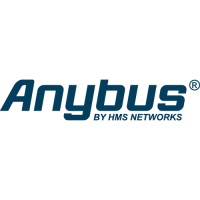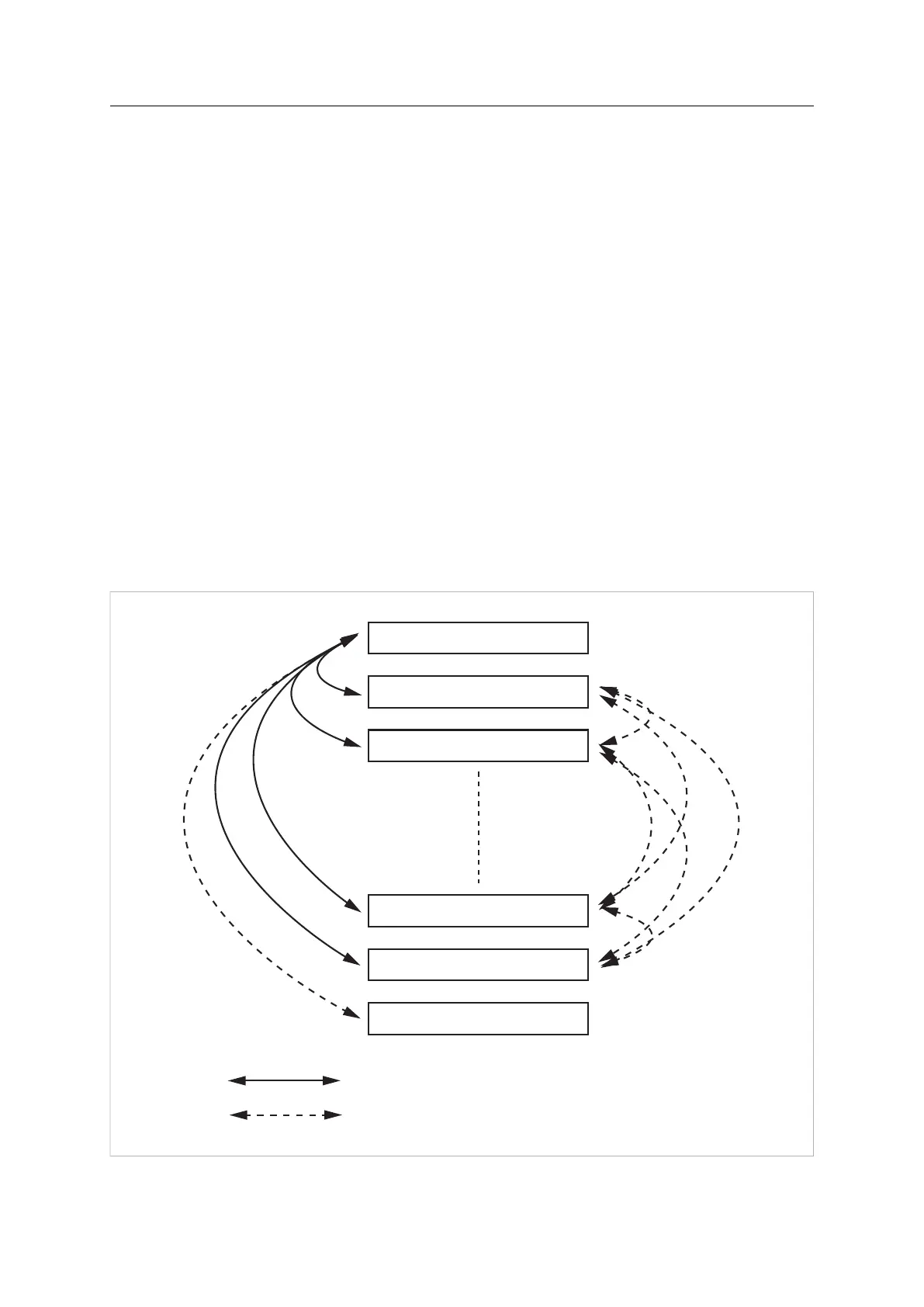Host Application Objects 178 (258)
14.6 Energy Control Object (F0h)
Category
Extended
Object Description
This object implements energy control functionality, i.e. energy specific settings, in the host application. The
implementation of this object is optional. All instance attributes shall be seen as required and must be imple-
mented in the application. If the Anybus module detects that an attribute is missing during run time an appro-
priate network error is sent and the Discard Responses counter is increased in the Anybus Object instance
attribute Error Counter.
Each enabled instance in the object corresponds to an Energy saving mode. The number of available modes
is device specific, and must be defined by the application. The higher the instance number, the more energy
is saved. The instance with the highest number always corresponds to the “Power off” mode, i.e. the state
where the device is essentially shut down. Instance 1 of the object represents “Ready to operate”, i.e. the
mode where the device is fully functional and does not save energy at all. Consequently a meaningful imple-
mentation always contains at least two instances, one for energy saving and one for operating. If this object is
implemented for PROFINET, at least three instances are needed: “Ready to operate”, “Energy saving mode
1”, and “Power off”.
Highest number of instances is 8. Please note that these modes are always present – they are not dynami-
cally created or deleted. It is not allowed to leave holes in the list of instances.
Ready to operate
Energy saving mode 1
Energy saving mode 2
Energy saving mode n
Energy saving mode n-1
Power off
Mandatory transition
Optional transition
Fig. 14
Anybus
®
CompactCom
™
40 PROFINET IRT Network Guide SCM-1202-023 EN 1.8

